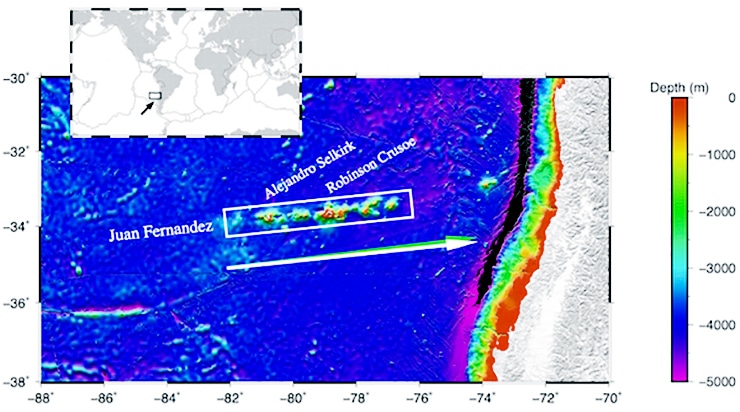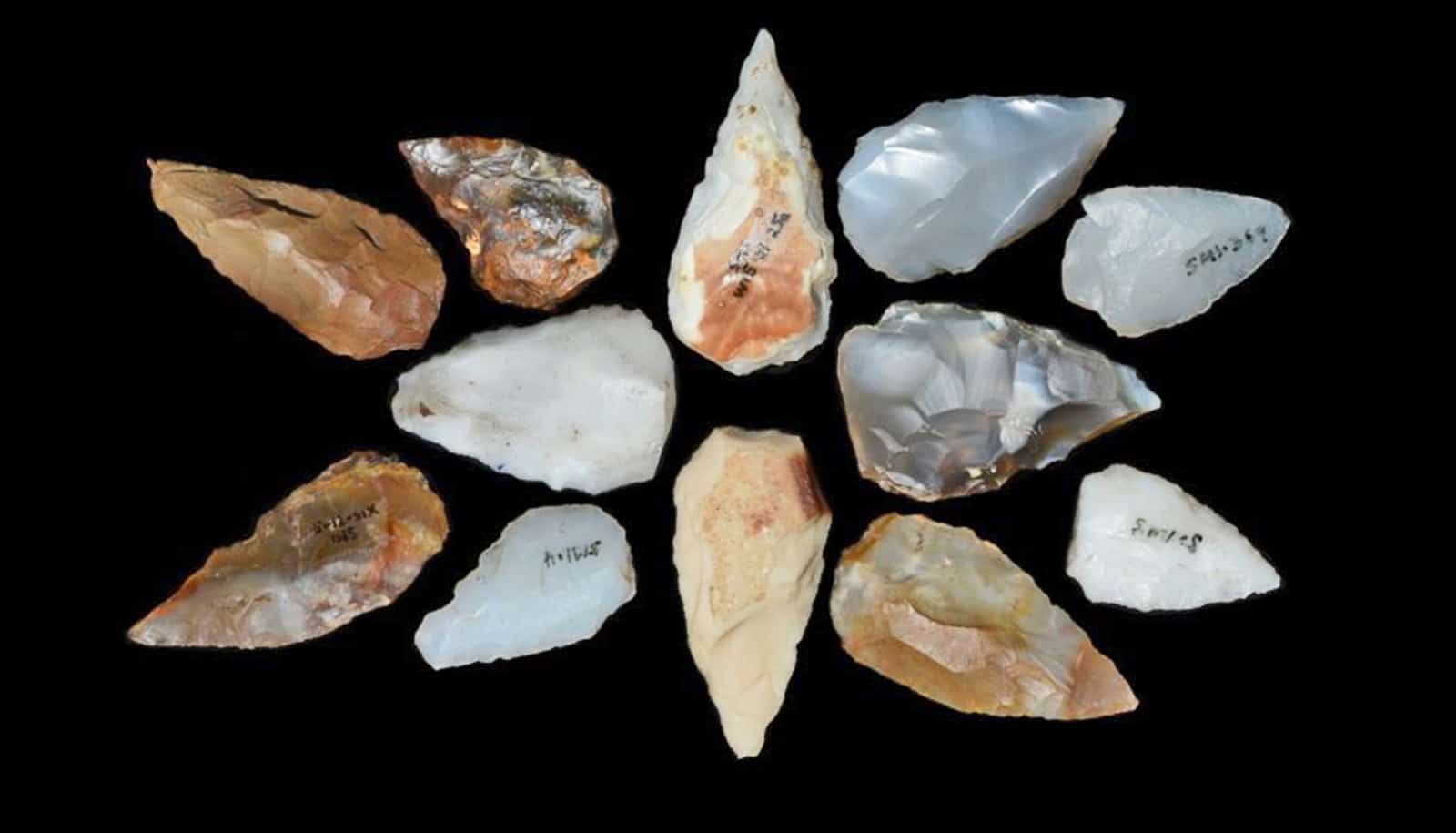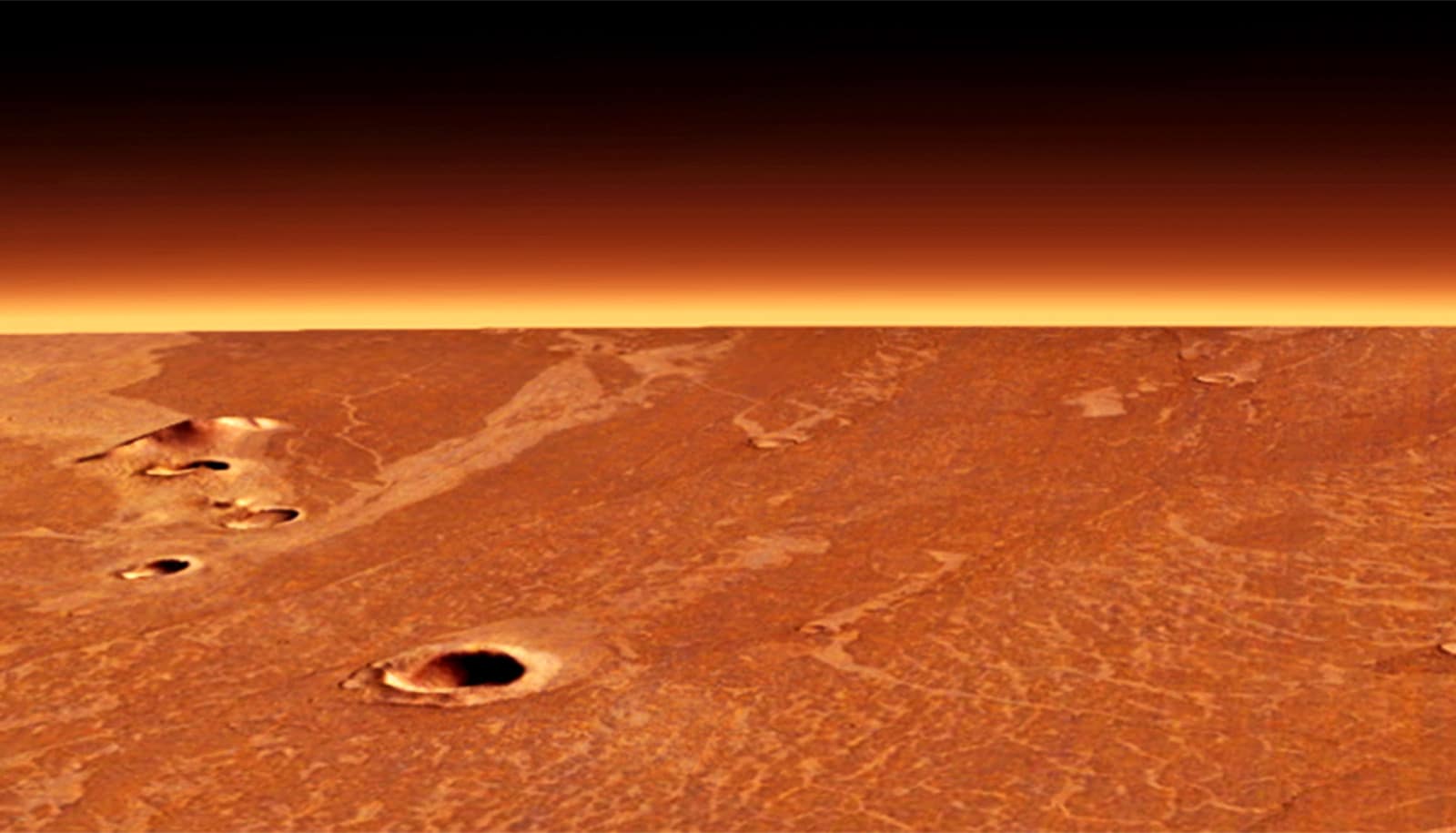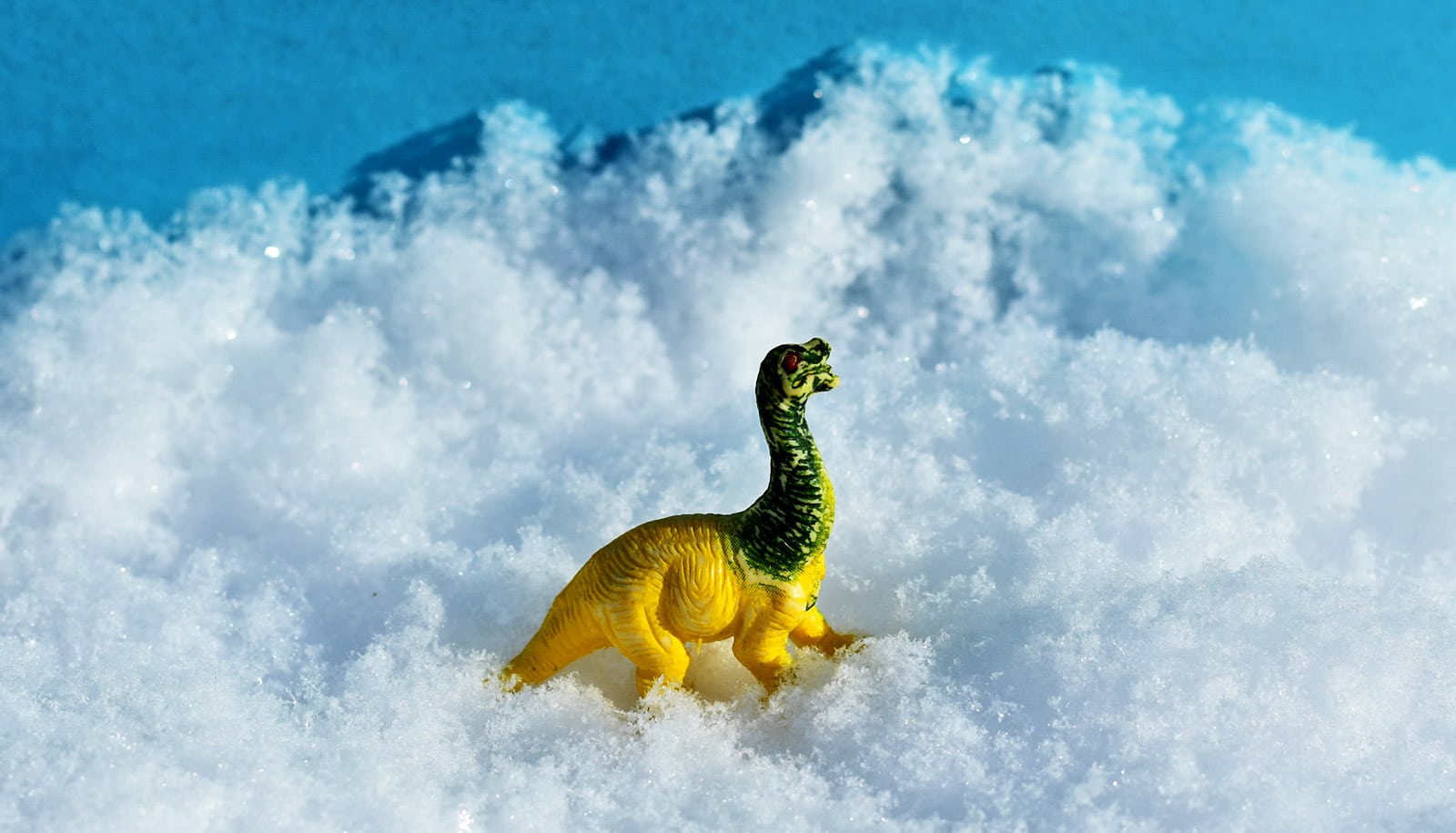Hot spots like those that formed the Hawaiian Islands aren’t moving as fast as recently thought, a new analysis of volcanic tracks suggests.
Hot spots are areas where magma pushes up from deep Earth to form volcanoes—and can be used to determine how fast tectonic plates move. New results from geophysicist Richard Gordon and his team confirm that groups of hot spots around the globe can be used to determine how fast tectonic plates move.

For the study, researchers developed a method to analyze the relative motion of 56 hot spots grouped by tectonic plates. They concluded that the hot-spot groups move slowly enough to be used as a global reference frame for how plates move relative to the deep mantle. This confirmed the method is useful for viewing not only current plate motion but also plate motion in the geologic past.
Hot spots offer a window into the depths of Earth, marking the tops of mantle plumes that carry hot, buoyant rock from deep Earth to near the surface and produce volcanoes. These mantle plumes were once thought to be straight and stationary, but recent studies suggest they can also shift laterally in the convective mantle over geological time.
…these hot-spot groups, relative to other hot-spot groups, are moving at about 4 millimeters or less a year.
The primary evidence of plate movement relative to the deep mantle comes from volcanic activity that forms mountains on land, islands in the ocean, or seamounts, mountain-like features on the ocean floor.
A volcano forms on a tectonic plate above a mantle plume. As the plate moves, the plume gives birth to a series of volcanoes. One such series is the Hawaiian Islands and the Emperor Seamount Chain; the youngest volcanoes become islands while the older ones submerge. The series stretches for thousands of miles and was formed as the Pacific Plate moved over a mantle plume for 80 million years.
As reported in Geophysical Research Letters, the researchers compared the observed hot-spot tracks with their calculated global hot-spot trends and determined the motions of hot spots that would account for the differences they saw. Their method demonstrated that most hot-spot groups appear to be fixed and the remainder appear to move slower than expected.
“Averaging the motions of hot-spot groups for individual plates avoids misfits in data due to noise,” says Richard Gordon, a professor of Earth science at Rice University. “The results allowed us to say that these hot-spot groups, relative to other hot-spot groups, are moving at about 4 millimeters or less a year.
“We used a method of analysis that’s new for hot-spot tracks. Fortunately, we now have a data set of hot-spot tracks that is large enough for us to apply it,” Gordon says.
For seven of the 10 plates they analyzed with the new method, average hot-spot motion measured was essentially zero, which countered findings from other studies that spots move as much as 33 millimeters a year.
Volcanoes that made tectonic plate may go deeper than we thought
Top speed for the remaining hot-spot groups—those beneath the Eurasia, Nubia, and North America plates—was between 4 and 6 millimeters a year but could be as small as 1 millimeter per year. That’s much slower than most plates move relative to the hot spots. For example, the Pacific Plate moves relative to the hot spots at about 100 millimeters per year.
People interested in paleogeography should be able to make use of the model, Gordon says. “If hot spots don’t move much, they can use them to study prehistorical geography. People who are interested in circum-Pacific tectonics, like how western North America was assembled, need to know that history of plate motion,” he explains.
“Others who will be interested are geodynamicists. The motions of hot spots reflect the behavior of mantle. If the hot spots move slowly, it may indicate that the viscosity of mantle is higher than models that predict fast movement,” Gordon adds.
“Modelers, especially those who study mantle convection, need to have something on the surface of Earth to constrain their models, or to check if their models are correct,” says graduate student Chengzu Wang, the study’s lead author. “Then they can use their models to predict something. Hot-spot motion is one of the things that can be used to test their models.”
Magma under volcanoes is like a leaky snow cone
Graduate student Tuo Zhang is a coauthor of the study. The National Science Foundation supported the work.
Source: Rice University



